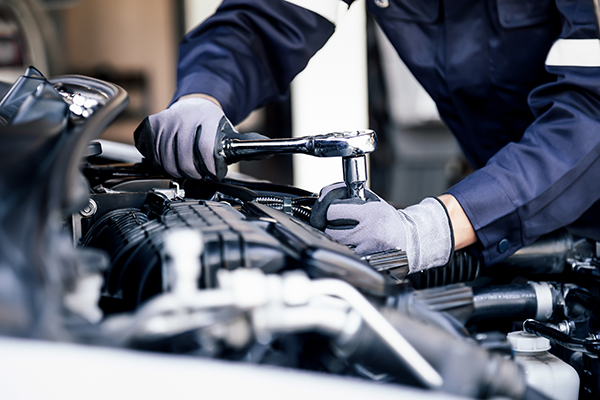
Have you ever wondered why your vehicle's manufacturer recommends specific service intervals at 30,000, 60,000, and 90,000 miles? These milestones, often referred to as 30/60/90K services, play a vital role in keeping your car running smoothly and maximizing its lifespan. Let's take a look at the meaning and logic behind these procedures.
1. 30,000 Miles: The First Checkpoint
As your car hits the 30,000-mile mark, it has ventured through various driving conditions and challenges. This milestone represents the end of the initial break-in period and the start of a more rigorous maintenance routine. During the 30K service, technicians thoroughly inspect and replace components that are more susceptible to wear and tear, ensuring your vehicle remains reliable and efficient.
2. 60,000 Miles: The Midlife Assessment
At the 60,000-mile mark, your car has accumulated substantial mileage and experienced various environmental factors. This service interval allows technicians to delve deeper into maintenance, addressing components that require attention due to extended use. These services may include changing the timing belt (if equipped), inspecting and replacing worn parts, and assessing the overall condition of the vehicle to preempt potential issues.
3. 90,000 Miles: Preparing for the Long Haul
When your vehicle surpasses the 90,000-mile mark, it's safe to say it has experienced a diverse array of driving situations on its travels. The 90K service is a comprehensive check-up designed to ensure your vehicle remains dependable for the years to come. Technicians inspect, replace, and address critical components that may have endured significant wear over time, helping you avoid costly breakdowns and prolonging the life of your car.
How Manufacturers Determine Service Intervals:
The 30/60/90K service intervals aren't arbitrary; they're based on a combination of factors:
Engineering Expertise
Manufacturers draw on their engineering knowledge to estimate when components might start showing signs of wear or fatigue. By addressing potential issues before they escalate, they help prevent breakdowns and keep your car running optimally.
Real-World Testing
Manufacturers subject vehicles to rigorous testing, including simulated driving scenarios, extreme weather conditions, and more. These tests help identify when components are likely to need attention based on actual wear patterns.
Fluid Analysis
Fluids, like engine oil and coolant, play a critical role in your car's performance. Manufacturers analyze how these fluids degrade over time, influencing their recommendations for service intervals.
Historical Data
By studying the performance and maintenance histories of vehicles in real-world conditions, manufacturers can refine their recommendations and tailor them to different models and driving patterns.
In essence, the 30/60/90K services are carefully crafted to address specific maintenance needs at critical points in your vehicle's life. They're not only about preventing breakdowns but also about maximizing performance, fuel efficiency, and overall longevity.
If you think that your car needs a check-up after reading through the article, contact us at Monkey Wrenches Inc. and we will be thrilled to help out!